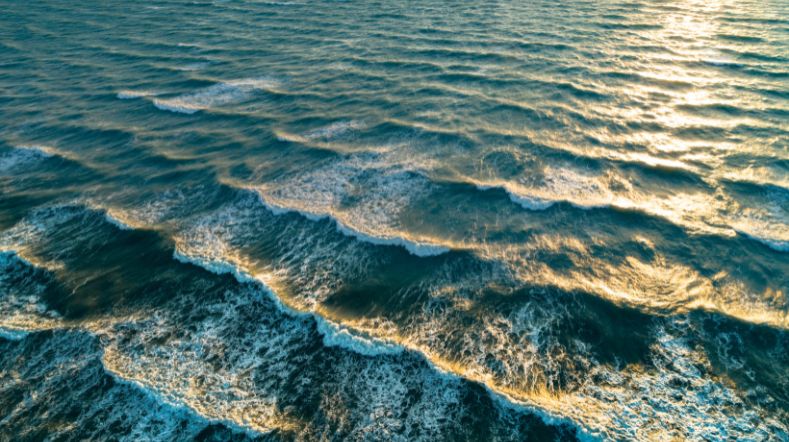
The North Sea as Europe's energy heart requires smart choices
The North Sea is the key to an independent and affordable energy system. The North Sea Energy (NSE) programme now brings this future clearly into focus with a unique visualisation and modelling of energy plans in the North Sea. The unique series of maps and scenarios presented today at the EYE Film Museum show just how crucial offshore wind, hydrogen production, CO₂ storage, and the phaseout of natural gas are for the future of the Netherlands and Europe. A first-of-its-kind initiative offering insight and calling for action from the Netherlands and other North Sea countries. The time for non-committal thinking is over. Smart choices are urgently needed.
Around 40 public and private parties involved in NSE have explored innovative concepts for an integrated energy system and supporting infrastructure in the North Sea. The results reveal both the bottlenecks—and where the potential solutions lie.
Offshore wind and CO₂ storage are no-brainers
According to NSE, offshore wind and CO₂ storage are the obvious smart first steps. With ambitious plans for wind energy, CO₂ storage, and critical infrastructure, the North Sea region is on the brink of a historic transformation to ensure energy security for decades to come, make climate policy affordable, avoid mutual disruption, and achieve a net positive effect on nature.

'We must make choices now. The challenges are great, but the opportunities are greater. The Netherlands can lead the European energy transition—if we push forward with offshore wind and CO₂ storage, and work together with our neighbours.'
Transition pain in space and investment
The maps and calculations make it clear: the North Sea is becoming Europe’s energy heart, but space is limited, nature is under pressure, and the fragmented approach causes delays. Energy production facilities, CO₂ storage capacity, infrastructure to bring electricity, gas, and hydrogen ashore, nature-enhancing activities, and other users—all must coexist in the same patch of sea.
The growing pains of the transition are also caused by a lack of stable business models and long-term vision, which slows private investment. Public investment and international cooperation are still too fragmented.

'As long as everyone keeps laying their 'towel' on their own little piece of sea, fragmentation will continue. We need one integrated long-term approach—with energy, ecology, and economy at the same table.'
Read the report
Discover how offshore wind, hydrogen, and CO₂ storage come together in an integrated energy system. Space, ecology, and infrastructure converge in new energy maps of the North Sea.
From fragmentation to focus
Solving the spatial puzzle and collaborating on solutions must be intensified internationally. The NSE programme advocates strong collaboration and governance around the crucial role of the North Sea in achieving climate goals within the required targets and timelines.
The recommendations are:
- Multiple use of space as the standard
- Include ecology and stakeholders from the earliest planning stages
- European coordination of infrastructure, investments, and regulations
- Support strong business cases for sustainable energy initiatives
- Make strategic choices on raw materials and supply security.
The Netherlands can take the lead in the European energy transition—if we dare to choose. That requires better alignment of national plans with European goals and close cooperation with neighbouring countries on joint strategies for ecologically responsible use of the North Sea as a shared energy resource.
Your own report, in one click
The new maps in the North Sea Energy Atlas, the action plan, the updated NSE Toolbox, and the reports from 2.5 years of research are available on the NSE website, offering policymakers, industry, and citizens a concrete roadmap for action. No longer just ‘options’, but real actions—for a secure, clean, and affordable energy supply.
To make the gathered knowledge even more accessible, NSE has developed the smart tool Make Your Own Binder. With this, users can easily compile a personalised summary based on their interests. The first copy was ceremonially presented today by René Peters, on behalf of the NSE programme.
Get inspired
The energy system of the future


Project to strengthen Dutch-Brazilian collaboration for energy transition


E-fuels and biofuels: key to a climate-neutral industry and transport

CO2 storage


Significant impulse for a sustainable industry employing green hydrogen



